Is The iPhone 7 Still Worth It In 2025?
The iPhone 7 and 7 Plus had their moment, but that time’s up. No updates, no support, and too many compromises. Yes, they can be picked up for next to nothing online but there’s a good reason for this: they’re obsolete, they don’t get software updates, and the hardware is too old to run most modern apps and games.
- If you wanna save money and go cheap, get either the iPhone 13 or iPhone 14 refurbished.
- If you go new, check out the iPhone 16e; it’s $200 cheaper than the base model iPhone 16 and basically just as good.
- Jumping ship? Here’s the best Android phones we’ve tested in the last 12 months.
That’s the TL;DR; if you need more information on why the iPhone 7 series is no longer viable in 2025, read on – there’s plenty of reasons…
Why You Should Not Buy iPhone 7 Anymore…
No More Updates or Security Fixes
Apple stopped supporting these devices with iOS and security updates. That means:
- No protection from new threats
- No access to new features or apps
- Many apps are dropping support for iOS 15
Hardware That’s Seriously Outdated
- Old-school design with big bezels and LCD displays
- No Face ID, 5G, MagSafe, or USB-C
- Weak battery life and sluggish performance from the A10 chip
Cameras and Features Are Behind the Times
- No Night Mode or advanced HDR
- Poor front camera quality
- Missing modern features like multiple lenses and video stabilisation
No Repair Support Soon
The iPhone 7 Plus is already “vintage” and will soon be “obsolete”—meaning no repairs or official parts from Apple.
Better Options Out There
Even on a budget, you’re better off going with a newer refurbished model; the iPhone 13 and iPhone 14 are great options right now.
If you wanna go new, here’s our picks for the best iPhone for every type of user. And these are our top picks overall for the best phones right now.
Bottom Line
The iPhone 7 and 7 Plus had their moment, but that time’s up. No updates, no support, and too many compromises. Better to upgrade—your data and experience will thank you.
Below is our original updated review from 2019, back when the iPhone 7 and iPhone 7 Plus were still viable options…
iPhone 7 Series Review (Originally Updated In 2019)
The iPhone 7 range first landed in 2016; the iPhone 7 and iPhone 7 Plus got a release date on September 16, 2016. They were the first iPhones to carry dual-cameras, the first to be water-proof, and the first to carry on a design language for three years on the trot. And in 2020, if you’re after BIG value for money, the iPhone 7 and iPhone 7 Plus are 100% worth a look, especially if you want to save A LOT of money instead of going with Apple’s latest iPhone releases.
And while the iPhone 11 is now readily available, and the iPhone 12 soon will be, the iPhone 7 is still a viable option, especially if you’re after the cheapest possible iPhone deal.
And both the iPhone 7 and iPhone 7 Plus will get Apple’s iOS 14 update too. And most likely iOS 15 and iOS 16 too.
Let’s take a look at how both the iPhone 7 and iPhone 7 Plus stack up today when pitted against the likes of the iPhone XR and iPhone 8. Personally, I think both handsets – though mostly the iPhone 7 Plus – still deliver plenty of value for money, especially if you’re just after a solid phone that takes great pictures and runs smoothly. And if you get yourself a decent iPhone case, you can keep it looking pristine for years to come (and this will help it keep its value when the time comes to sell it on).
iPhone 7 Quick Verdict:
- A10 Chipset is Great (Even In 2019)
- iPhone 7 Plus Has Best Camera/Battery Life
- NFC Chip For Apple Pay
- Iconic Design w/ TouchID
- Solid Battery Life
- Amazing Value For Money
My advice, if you want to pick up an older iPhone in order to save money? Get a
Full iPhone 7 & iPhone 7 Plus Review
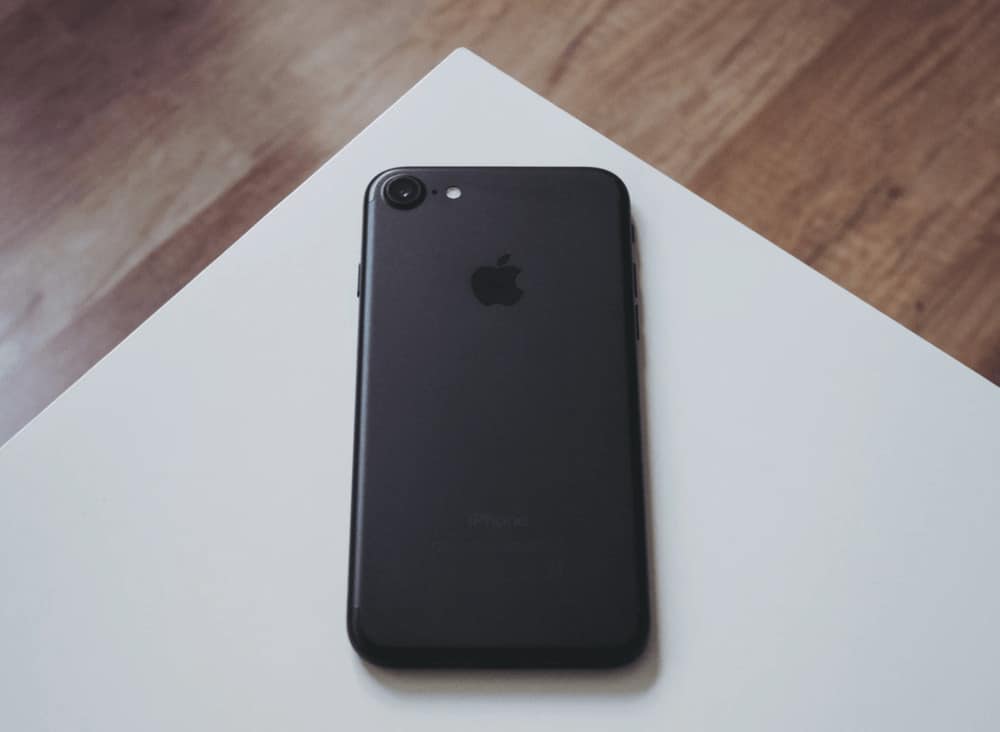
Design
The iPhone 7 and iPhone 7 Plus look just like the iPhone 6 and iPhone 6s. Apple decided to keep the design changes to a minimum on the iPhone 7, focussing its energies instead on revamping things like camera performance, battery life, and overall performance.
Apple, at its core, has always been about user experience. This is why the iPhone 11 doesn’t feature 5G. The iPhone 7 and iPhone 7 Plus look smart, function near-perfectly, and feature Apple’s TouchID sensor on the front for fingerprint unlocking. In this respect, they are both “classic iPhones” unlike the company’s newer, all-touch models.
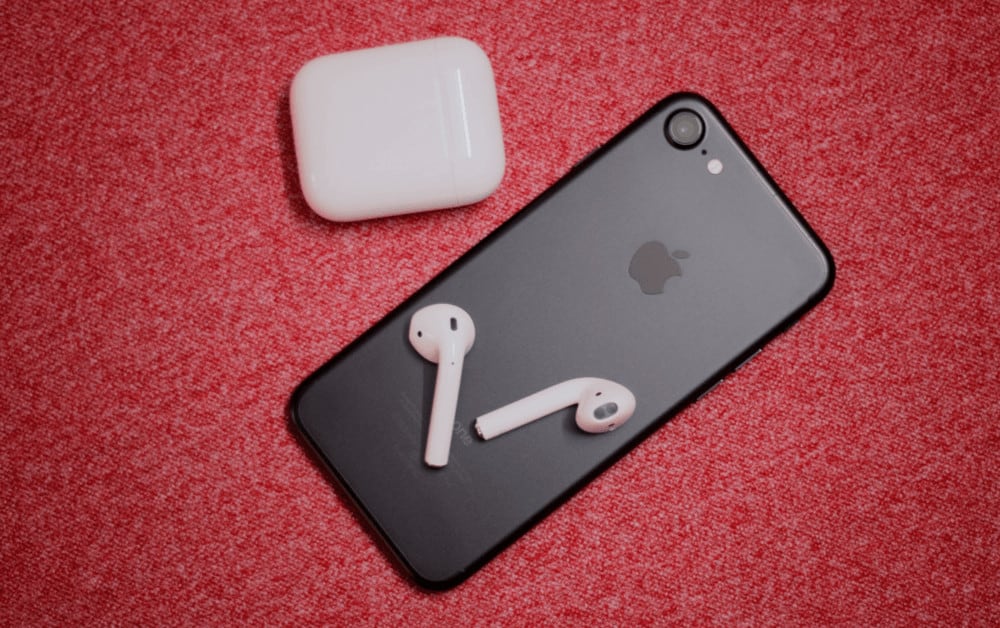
Both the iPhone 7 and iPhone 7 Plus are water-proof, a first for Apple’s iPhones, and neither features a headphone jack. That means, if you’re using these phones, you will need a pair of wireless headphones like Apple’s AirPods or similar. You also get options for a 4.7in display with the iPhone 7 and a 5.5in display on the iPhone 7 Plus. The latter is a 1080p LCD panel, while the former is a 720p LCD panel.
As for iPhone color options, the iPhone 7 and iPhone 7 Plus is available in the following colors: Silver, Gold, Rose Gold, Black, and Jet Black. If you want an iPhone that’ll look new for longer, go with the Jet Black option – it’s tougher and more resilient than the lighter colored iPhones.
Verdict? With respect to design, Apple’s iPhone 7 range has held up remarkably well over time. Both the iPhone 7 and iPhone 7 Plus still look very smart with their svelte designs and clean lines. Another bonus? You have TouchID and the Home button intact. Handy if you’re not 100% ready for Apple to be taking daily scans of your face.
iPhone 7 & iPhone 7 Plus Specs Compared
[ninja_tables id=”93844″]
Performance
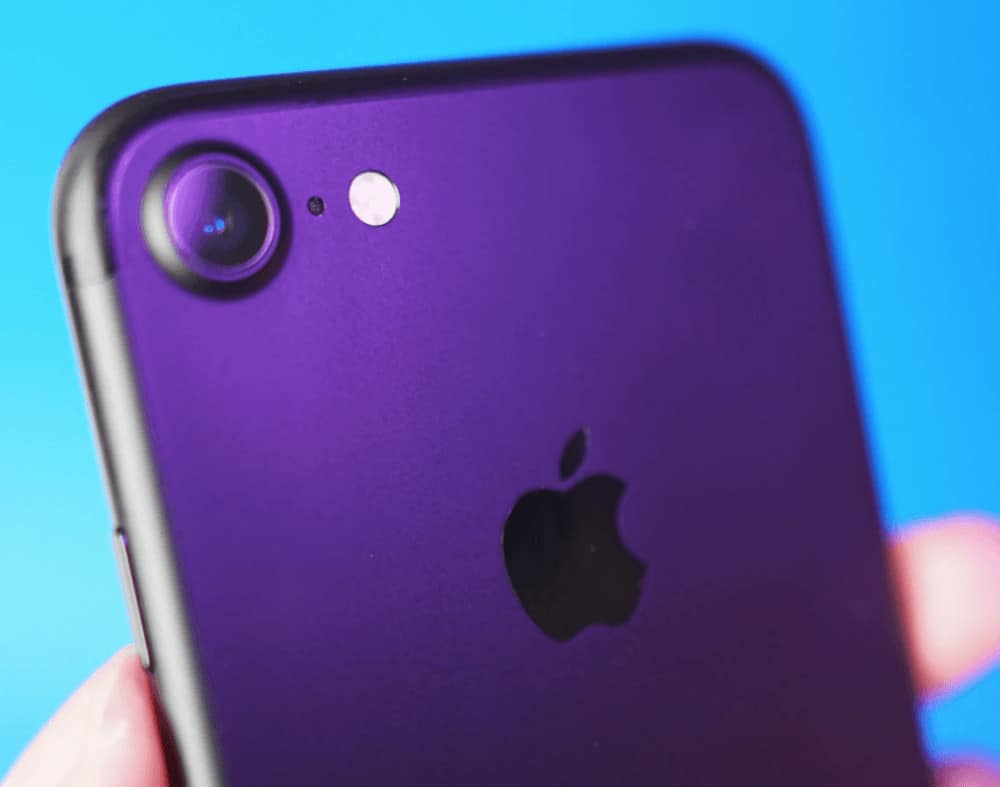
Both phones run Apple’s A10 Fusion chipset. And this thing is incredibly powerful – even by 2019 standards. Back when the iPhone 7 was released, the A10 chip was the fastest phone CPU ever created. Today? It’s still very impressive and will easily keep pace with even the most powerful offering from Qualcomm.
Performance on both phones is silky-smooth. You can perform an array of tasks with ZERO lag – even CPU-intensive stuff like image editing and video creation. On top of this, you have some of the best power efficiency on the market, meaning more uptime and fewer recharge sessions throughout the day.
Both the iPhone 7 and iPhone 7 Plus run the same internal spec, so performance is equal on both. The iPhone is designed with ALL users in mind, so it doesn’t matter if you’re a professional user or just somebody that wants to check the occasional email and do some browsing. Apple’s iPhone 7 range is designed to function optimally in all aspects and areas.
Cameras
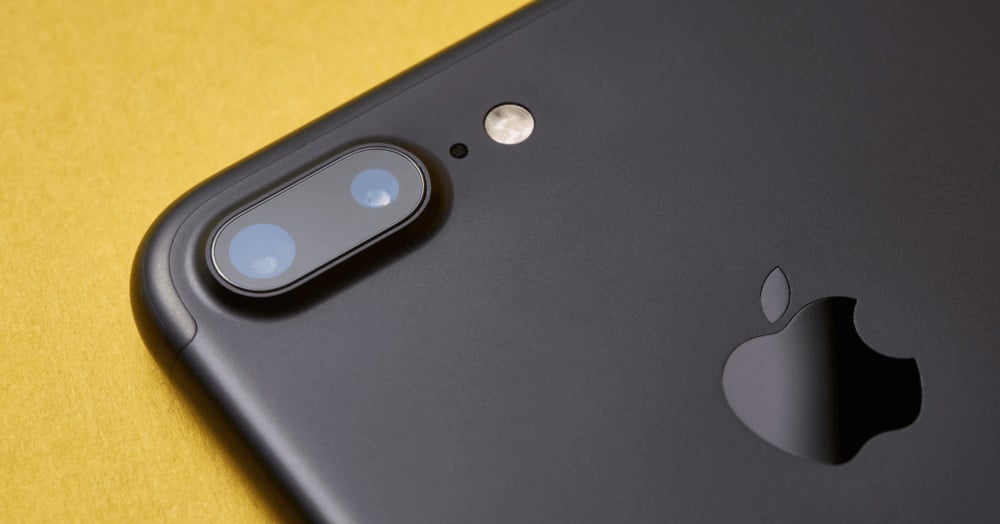
The cameras aboard the iPhone 7 and iPhone 7 Plus represented a huge step forward over what you got on the iPhone 6s range. Low-light performance is dramatically better, thanks to the iPhone 7’s wider f.1/1.8 aperture lens that lets in more light for extra detail.
On top of this, both the iPhone 7 and iPhone 7 Plus feature Optical Image Stabilization (OIS) for improved exposure. Another benefit of OIS on the iPhone 7 range? It drastically reduces the effect of hand-shaking when taking pictures and video.
The iPhone 7 Plus does have a better camera, though, and the reason for this is simple: it features a second telephoto lens that brings true optical zoom to the iPhone range for the first time. The benefit of this feature is that you can much closer to an object without moving or generate image noise.
The telephoto lens is great for capturing landscapes, landmarks, or large scenes. You get more detail, better detail, improved exposure. If you’re a photography buff, the iPhone 7 Plus is 100% the better option with respect to camera performance.
On the front, both the iPhone 7 and iPhone 7 Plus feature an updated 7MP camera. This makes for decent-looking selfies and higher resolution video calling. Compared to the iPhone 6 and iPhone 6s range, the difference is like night and day. So if you take a lot of selfies, be sure to go with the iPhone 7 over the iPhone 6s.
Software: What Version of iOS Does The iPhone 7 Run?
Apple’s iPhone 7 runs on Apple’s 64-bit SoC, so it will receive iOS updates well into the future. Currently, the latest iOS update for the iPhone 7 and iPhone 7 Plus is Apple’s iOS 13, though iOS 14 will launch and be available for the iPhone 7 and iPhone 7 Plus later on in 2020.
When the iPhone 7 and iPhone 7 Plus first launched back in 2016, the handsets debuted on the market with iOS 10 preinstalled. Since then, the iPhone 7 and iPhone 7 Plus has received iOS 11, iOS 12, iOS 13, and, later on this year, both be updated to iOS 14 once it gets a release inside Q3.
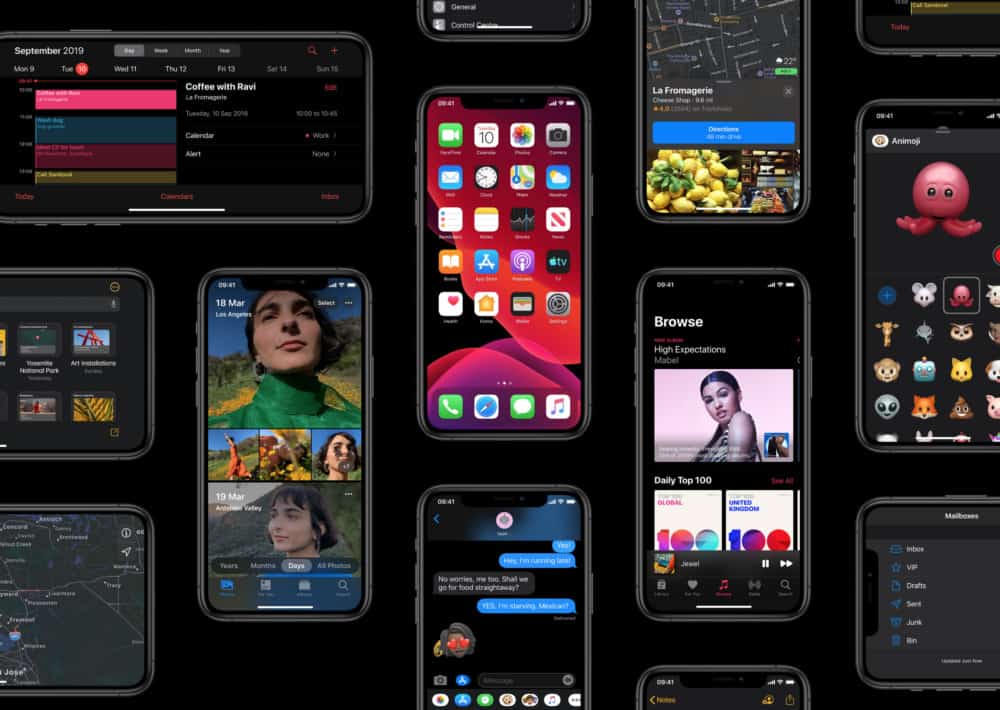
How long will Apple’s iPhone 7 get iOS support? Hard to say; Apple tends to support all of its iPhones and iPads until there is a major shift in platform architecture, like when it switched from 32-bit to 64-bit, or when the phone gets so old its specs can no longer run iOS in an efficient manner. Given the power of the iPhone 7’s internal SoC, however, this isn’t likely to happen any time soon.
That means if you buy either the iPhone 7 and iPhone 7 Plus today, you’ll most likely get iOS updates for years to come. This is the #1 reason why many people prefer Apple’s iPhones to Android. With Apple, you get full support for your phone, regardless of its age, whereas, on Android, you can pay $1000 for a phone, and only get two years of updates.
Battery Life
As always, when it comes to battery life bigger is ALWAYS better. If battery life is your #1 priority, go with the iPhone 7 Plus. It has a larger internal cell and it will go all day long (and then some) on a single charge. For performance, the iPhone 7 Plus’ battery cannot be matched by the smaller iPhone 7. It’s just bigger and better.
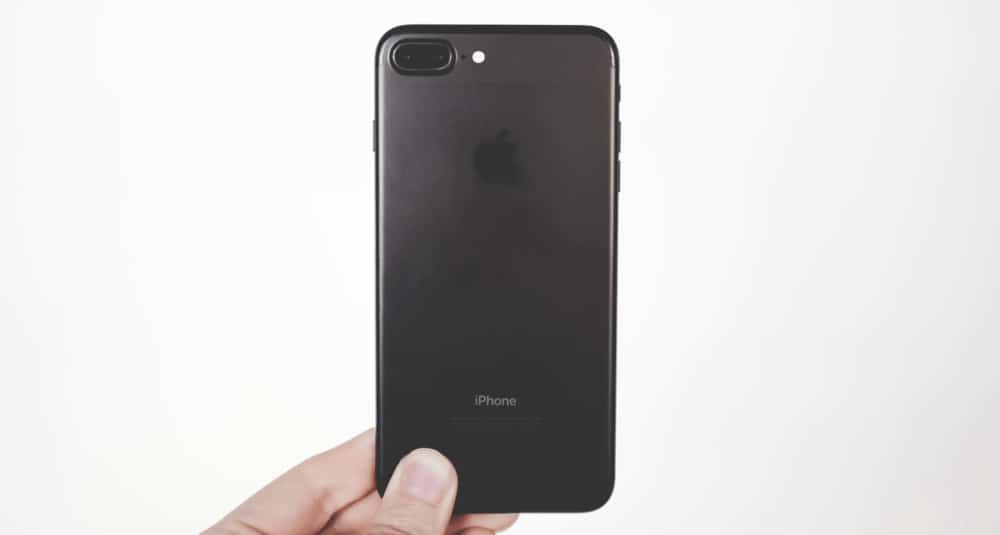
The iPhone 7 is still very good in the battery department, however, given its smaller size and a smaller battery. It’s just not getting the same kind of endurance as the larger iPhone 7. Obviously, the battery drain will depend largely on how you use your phone. If you’re constantly doing stuff on your phone, keeping the screen active, you’re going to need the iPhone 7 Plus.
iPhone 7 & iPhone 7 Plus Review – Conclusion & Other Potential Options…
However, if you want a newer iPhone model – and still want to save money – the best way to do this is by buying a

